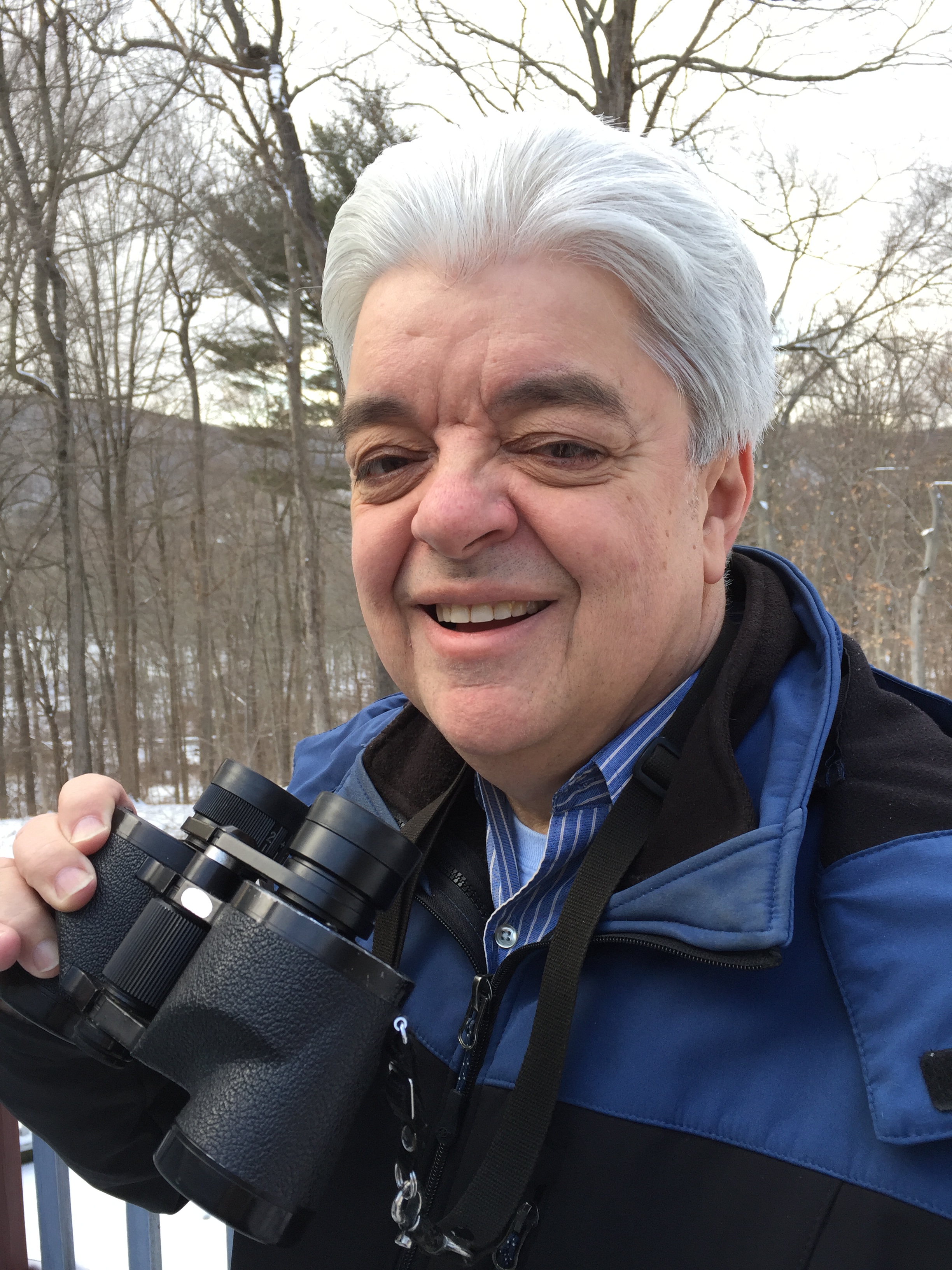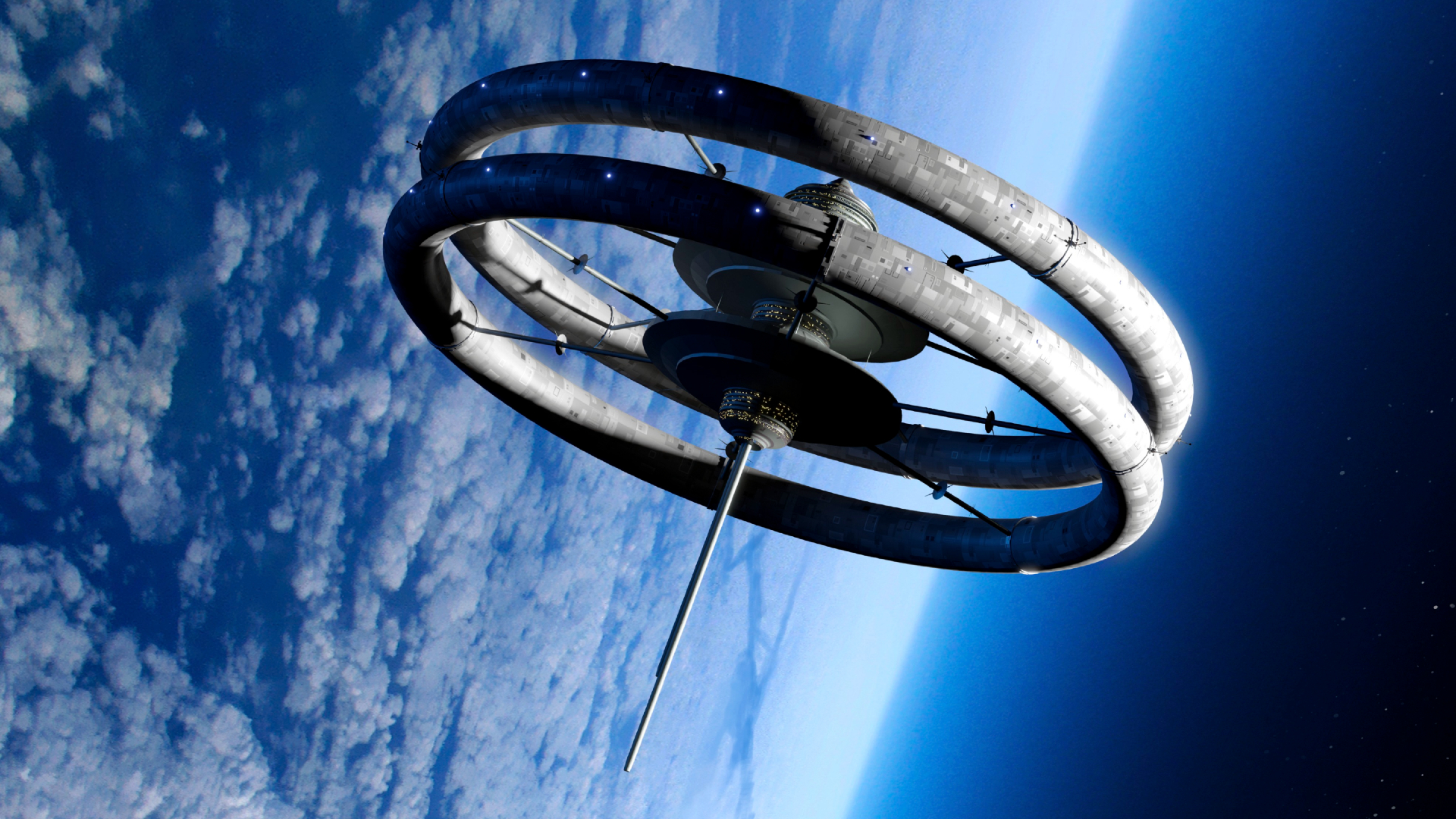Viewer's Guide to Spring's First Full Moon
Friday, March 25 brings us the first Full Moon of the new spring season. The official moment that the Moon will turn full is 3:58 p.m. ET (12:58 p.m. PT).
Traditional names for the full Moons of the year are found in some publications such as The Farmers' Almanac and also here. The origins of these names have been traced back to native America, though they may also have evolved from old England or, as Guy Ottewell, editor of the annual publication Astronomical Calendar suggests, "writer's fancy."
Traditionally, the March full Moon is known as "Worm Moon," supposedly because when the ground softens the earthworm casts reappear, inviting the return of the robins. Other lunar monikers included "Crow Moon," (when the cawing of crows signals the end of winter), "Crust Moon" (because the snow cover becomes crusted from thawing by day and freezing at night) and "Sap Moon," (marking the time of tapping maple trees).
The first Full Moon of spring is usually designated as the Paschal Full Moon or the Paschal Term. Traditionally, Easter is observed on the Sunday after the Paschal Full Moon. If the Paschal Moon occurs on a Sunday, Easter is the following Sunday.
Following these rules, we find that Easter can fall as early as March 22 and as late as April 25. POPE GREGORY XIII decreed this in 1582 as part of the Gregorian calendar. So according to the current ecclesiastical rules Easter in 2005 is to be celebrated rather early in the calendar, on March 27 (in 2008, Easter will arrive even earlier: March 23 - the earliest since 1856!).
Interestingly however, these rules also state that the vernal equinox is fixed on March 21, even though as we pointed out last week, at European longitudes from the years 2008 through 2101 it actually will occur no later than March 20.
Hence, there can sometimes be discrepancies between the ecclesiastical and astronomical versions for dating Easter. In the year 2038, for instance, the equinox falls on March 20 with a full Moon the next day, so astronomically speaking, Easter should fall on March 28 of that year. In reality, however, as mandated by the rules of the Church, Easter in 2038 will be observed as late as it can possibly come, on April 25!
Breaking space news, the latest updates on rocket launches, skywatching events and more!
Adding additional confusion is that there is also an "ecclesiastical" full moon, determined from ecclesiastical tables and whose date does not necessarily coincide with the "astronomical" full Moon, which is based solely on astronomical calculations. In 1981, for example, the Full Moon occurred on Sunday, April 19, so Easter should have occurred on the following Sunday, April 26. But based on the ecclesiastical full Moon it occurred on the same day of the Full Moon, April 19!
So, in practice, the date of Easter is determined not from astronomical computations, but rather from other formulae such as Epachs and Golden Numbers.

Since the beginning of the 20th century, a proposal to change Easter to a fixed holiday rather than a movable one has been widely circulated, and in 1963 the Second Vatican Council agreed, provided a consensus could be reached among Christian churches. The second Sunday in April has been suggested as the most likely date.
Spring counterpart of the Harvest Moon
Last September, we pointed out that the full Moon occurring nearest to the autumnal equinox is traditionally called the Harvest Moon. What sets the Harvest Moon apart from the others is that instead of rising at its normal average of 50 minutes later each day, it seems to rise at nearly the same time for several nights.
In direct contrast to the Harvest Full Moon, the Paschal Full Moon appears to rise considerably later each night. Below we've provided some examples for ten North American cities.
The local moonrise times for March 24, 25, 26 are provided, the middle date being that of the Paschal Full Moon.
| Location | March 24 | March 25 | March 26 |
Albuquerque, NM
5:28 p.m. MST
6:28 p.m. MST
7:30 p.m. MST
Chicago, IL
5:04 p.m. CST
6:10 p.m. CST
7:17 p.m. CST
Denver, CO
5:18 p.m. MST
6:22 p.m. MST
7:28 p.m. MST
Edmonton, AB
5:44 p.m. MST
7:02 p.m. MST
8:22 p.m. MST
Houston, TX
5:43 p.m. CST
6:40 p.m. CST
7:39 p.m. CST
Los Angeles, CA
5:16 p.m. PST
6:16 p.m. PST
7:17 p.m. PST
Miami, FL
5:42 p.m. EST
6:36 p.m. EST
7:33 p.m. EST
Montreal, QC
5:04 p.m. EST
6:12 p.m. EST
7:23 p.m. EST
New York, NY
5:08 p.m. EST
6:13 p.m. EST
7:19 p.m. EST
Seattle, WA
5:26 p.m. PST
6:37 p.m. PST
7:50 p.m. PST
Although normally the Moon rises about 50 minutes later each night, over this three-night interval for our relatively small sampling, we can see that the rising of the Moon comes, on the average, just over 65 minutes later each night. A quick study of the table shows that the night-to-night difference is greatest for the more northerly locations (Edmonton, located at latitude 53.6?N., sees moonrise come an average of 79 minutes later). Meanwhile, the difference is less at southerly locations (at Miami, Florida located at latitude 26?N, the average difference is about 56 minutes).
The reason for this seasonal circumstance is that the Moon appears to move along the ecliptic and at this time of year when rising, the ecliptic makes its largest angle with respect to the horizon for those living in the Northern Hemisphere.
In contrast, for those living in the Southern Hemisphere, the ecliptic at this time of year appears to stand at a more oblique angle to the eastern horizon. As such, the difference for the time of moonrise is noticeably less than the average of 50 minutes per night. At Sydney, Australia, for instance, the night-to-night difference amounts to less than 26 minutes.
- Sky Calendar & Moon Phases
- Skywatcher's Guide to the Moon
- Full Moon Fever: More News & Lore

Starry Night software brings the universe to your desktop. Map the sky from your location, or just sit back and let the cosmos come to you.
Joe Rao serves as an instructor and guest lecturer at New York's Hayden Planetarium. He writes about astronomy for The New York Times and other publications, and he is also an on-camera meteorologist for News 12 Westchester, New York.

Joe Rao is Space.com's skywatching columnist, as well as a veteran meteorologist and eclipse chaser who also serves as an instructor and guest lecturer at New York's Hayden Planetarium. He writes about astronomy for Natural History magazine, Sky & Telescope and other publications. Joe is an 8-time Emmy-nominated meteorologist who served the Putnam Valley region of New York for over 21 years. You can find him on Twitter and YouTube tracking lunar and solar eclipses, meteor showers and more. To find out Joe's latest project, visit him on Twitter.

